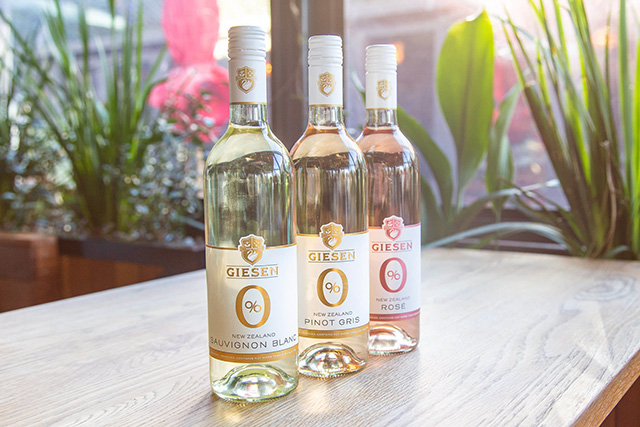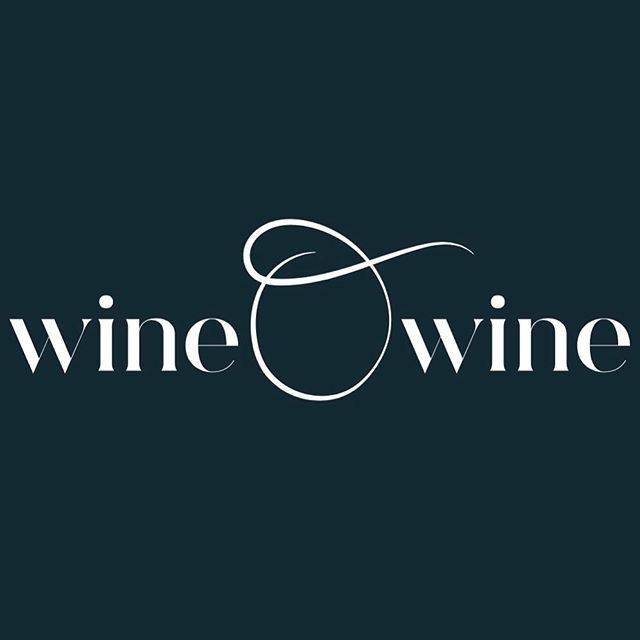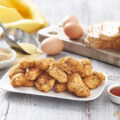

Giesen expands 0% wine range
New Zealand’s Giesen Group has released a range of alcohol-free wines. We put them to a taste test.
The rise in popularity of low or no alcohol wines, beers and spirits has been a boon not just for non-drinkers, but those looking to ease up on the booze for health reasons. Not to mention pregnant women. Or those doing Feb Fast or Dry July.
It’s becoming increasingly common to find carefully crafted mocktail lists in restaurants. Companies big and small are launching beers in this category, from the well-established Carlton and Coopers to craft brewers like Canberra’s Heaps Normal and Queensland’s Sobah. And in Sydney a no-alcohol bottle shop Sans Drinks opened in Freshwater in March.
New Zealand’s Giesen Group launched the world’s first alcohol removed wine in 2020, the 0% Sauvignon Blanc. In October 2021 they added a Pinot Gris and Rosé to their 0% range. And in January 2022 a Merlot will also hit the shelves. The customer for these products? Giesen is finding they appeal to a broad range of consumers including wine drinkers who want an alcohol-free alternative for certain occasions.
How is non-alcoholic wine made?
Giesen’s chief winemaker Duncan Shouler says they follow the same process as for the label’s traditional wines, with some additional processes.
“To make 0% we include the additional process of putting our full-strength wine through spinning cone distillation to gently remove the alcohol component,” he said.
“Making 0% alcohol is actually more expensive to produce compared to its full-strength counterpart and it is our absolute goal to produce 0% wines that actually taste like wine and not like grape juice, and with as low calories as possible.”
This includes an investment of more than $1 million to purchase their own ‘spinning cone’ to continue to enhance the quality of these products. This process removes the aroma first, followed by the alcohol. The aroma is then blended back into the zero-alcohol wine, along with some natural grape juice for texture. Yeast proteins are added to help balance the wine’s acidity, given the lack of sugar. You can watch the process here.
https://www.youtube.com/watch?v=YhMdAzepgmw
The end result is an attempt to stay as true to the varietal as possible, with as little alcohol as possible. In this case, less than 0.5 per cent. And without adding too much sugar, so it can cater to the health-conscious. For example, a 125ml glass of the Giesen 0% Sauvignon Blanc contains 16 calories, versus around 90 calories in a glass of full strength 12.5 per cent alcohol white wine.
The 0% Rosé contains 13 calories per 100ml and the Pinot Gris 18 calories per 100ml.
What are they like?

For starters, the Giesen 0% range looks like any other wine on the shelf. There’s no gimmicky label here, it looks right at home with the rest of the Giesen offering. Has anyone ever taken a break from alcohol only to receive questions and comments from skeptical friends? This might put an end to that.
As for how they taste, they’re light and refreshing. Definitely something you could sip at a summer barbecue or picnic, if you wanted an alcohol-free alternative. Especially the slightly sweeter options, the Pinot Gris and Rosé (both RRP $18.99). And while the 0% range doesn’t have quite the same mouthfeel or complexity as a wine, they’re still very drinkable.
The Sauvignon Blanc is crisp, citrusy and quite dry (a less wine-y descriptor might be ‘tart’). We enjoyed it most paired with food. Although we can imagine it hitting the spot on a hot summer’s day in Sydney.
It was actually quite a nice feeling to have a couple of glasses and not worry about having a fuzzy head in the morning. And it’s a lot more fun than drinking soda water with lime.
We say cheers to more alcohol-free options like this one!
Giesen 0% is stocked in Dan Murphys, Craft Zero, Sans Drinks, David’s Cellars (Annandale) and many independent bottle shops. To find a stockist visit: https://giesen.co.nz/news/where-to-buy-giesen-0-in-australia
This article was originally published in July 2020. It was updated in November to include Giesen’s two new products, the 0% Rose and Pinot Gris.














